- The Cadillac Vistiq sits above the Lyriq and below the Escalade IQ.
- A standard twin-motor powertrain makes 615 horsepower.
- Three rows of seats offer seating for up to seven passengers.
- The EPA estimates the Vistiq will have 305 miles of range.
2026 Cadillac Vistiq First Drive: Lyriq Roots, Escalade Ambitions
Cadillac's “baby Escalade” brings power and luxury to three-row EV SUV segment
Cadillac would like to convince you that the new three-row 2026 Vistiq electric crossover is a “baby Escalade.” The advantages for Cadillac are obvious: The Escalade carries the most cool-factor for the brand (though I’ll take a Blackwing, thank you very much) and this Q-ship luxury halo would reflect well on the Vistiq.
In form and function, the Vistiq is more like the gas-powered three-row XT6 crossover, though it shares its platform with another Caddy that’s earned some street cred: the Lyriq. "Baby Escalade" might not be an appropriate description, but the new Vistiq doesn't need Escalade swagger to be a good family vehicle.
What is the Vistiq?
With the Vistiq, Cadillac rounds out its electric SUV portfolio. A midsize three-row SUV sized between the full-size three-row Escalade IQ and the two-row Lyriq, the Vistiq shares the Lyriq’s long 121.8-inch wheelbase. The Vistiq’s design shares some Escalade elements but it looks more like the XT6. It’s considerably bigger, though. At 205.6 inches long, it outstretches the XT6 by 7.1 inches and its wheelbase is 8.8 inches longer. It spreads about 2.5 inches wider and rises an inch or so taller. It’s also sleeker, sporting a 0.29 coefficient of drag, which helps with efficiency while driving.
While the Lyriq gets single-motor and dual-motor powertrains with 365 horsepower or 515 horsepower, respectively, the Vistiq has only a dual-motor setup good for 615 horsepower and 650 lb-ft of torque when using the Velocity Max mode. The lone battery is a 102-kWh (usable) lithium-ion unit that delivers an EPA-estimated 305 miles of range.
Cadillac outfits the Vistiq with standard adaptive dampers. Premium Luxury and Platinum models add air springs and rear-axle steering for a softer ride and better maneuverability, respectively. The top Platinum model also benefits from big 16.1-inch front brakes with six-piston Brembo calipers for added stopping power.
Smooth ride, smooth power
Driving on suburban roads in and around Ann Arbor, Michigan, it quickly becomes apparent that the Vistiq boasts a smooth ride, no matter the suspension components. The non-air suspension still smothers most bumps despite the Vistiq riding on big 21-inch wheels. Switching to Sport mode (found in the touchscreen) wakes up the throttle response, adds a bit more artificial motor sound, weights up the steering, and firms up the dampers a touch, but the ride is still smooth.
The air springs come with rear-axle steering that can turn the rear wheels up to 3.5 degrees opposite of the fronts at low speeds to shorten the turning radius and make it easier to get into parking spots. These Vistiq variants come with the 22-inch or 23-inch wheels, but the softer damper tuning creates a ride that is at least as smooth as cars with the base setup.
The bigger difference is in handling. With 7.2 inches of standard ground clearance and a minimum of 6,326 pounds of vehicle to control, the Vistiq has some noticeable though controlled body lean. The standard suspension harnesses the lean better despite the fact that the air springs can lower the ride height by 0.6 inch when set to Sport mode.
Cadillac integrates other dynamic systems well, too. The regenerative braking slows the vehicle as much as possible before switching to friction brakes. That handoff is seamless, giving the Vistiq a natural pedal feel down to a stop. Cadillac also offers three levels of brake regen: Off, Normal and High. High provides 0.3 g of regen when the driver’s foot is off the throttle, which can bring the SUV to a complete stop. Normal slows the Vistiq with 0.23 g, requiring more brake pedal, and Off lets the vehicle coast. A paddle on the left side of the steering wheel also lets the driver control the regen manually, providing full regen to stop or dabs of regen to slow for corners.
Despite the Vistiq’s standard 615 hp, the throttle is easy to operate — well, most of the time. A heavy foot triggers strong acceleration that comes on quickly, then flattens out rather than building like the response of a gas engine. Still, the Vistiq has plenty in reserve for easy passing. A VMax button on the steering wheel acts as the gateway to sharp acceleration. Come to a stop, press VMax, floor the brake and the throttle, then let go of the brake, and the Vistiq provides a shock of acceleration that unlocks a Cadillac-claimed 3.7-second 0-60 mph sprint. That’s a lot of power for a three-row family hauler.
High-tech, roomy cabin
Like the Escalade it aspires to, the Vistiq has a high-tech cabin adorned with premium materials. A 33-inch curved display dominates the dashboard. It includes touch controls for the trip computer on the left, a digital instrument cluster and an infotainment touchscreen with Google Built-In tech. The screen is easy to reach, reacts quickly to inputs, and is quite intuitive to use. It can also be controlled via a BMW-like puck on the center console, which goes well with the Mercedes-Benz-like door-mounted seat controls and column-mounted shifter. The Vistiq doesn’t offer Apple CarPlay or Android Auto connectivity, and that may turn off some buyers.
Cadillac also provides an 8-inch touchscreen at the front of the center console for its standard five-zone automatic climate control system, as well as a similar 8-inch screen in the second row so those passengers can control their individual zones. An available head-up display offers augmented reality virtually painted on the road ahead, and the steering wheel is home to controls for the standard Super Cruise hands-free driver assist system.
Interior materials are generally high in quality and well chosen, though sometimes overly adventurous. My Premium Luxury tester comes with a medium-dark Phantom Blue upholstery that I like but some buyers will find too quirky. Oddly, all models get synthetic leather upholstery, and the real thing isn’t on the menu. Other materials impress, though, including the metal speaker grilles for the standard 23-speaker AKG audio system, the available microfiber headliner, and the carbon-fiber, black ash wood or open-pore Lumen wood trim. Every surface the driver is likely to interact with has a soft or sturdy feel, but the lower surfaces tend toward hard plastics.
The Vistiq offers standard seven-passenger seating that drops to six with available second-row captain’s chairs. It may be bigger than the XT6, but it doesn’t have appreciably more space. Adults in the third row will have to negotiate for legroom with second-row passengers. The floor kicks up under the second row so the third row also forces occupants into a knees-up seating position, though headroom is plentiful.
Cargo space is a modest 15.2 cubic feet behind the third row, but it stretches to a roomy 80.2 cubic feet with the second and third rows folded. Power controls in the cargo area and second row make folding down the rear two seating rows easy.
Premium but competitive prices
The 2026 Cadillac Vistiq starts at $79,090 including a $1,695 destination charge for a Luxury model and the Sport adds $500 for darker trim. Moving up to the air springs and rear-axle steering of the Premium Luxury model will set you back $93,590, though that also comes with many more features, including front seat memory, night vision, the captain’s chairs, the augmented reality head-up display and a 19.2-kW onboard charger rather than the standard 11.5-kW charger. The Platinum gets even more features for $98,190.
Yes, the Vistiq does have some Escalade-inspired design, but it’s the Lyriq roots that make it so good. Cadillac does a great job of tuning the suspension and powertrain and tops it off with a roomy, luxurious cabin. Maybe “three-row Lyriq” is a better descriptor than "baby Escalade."
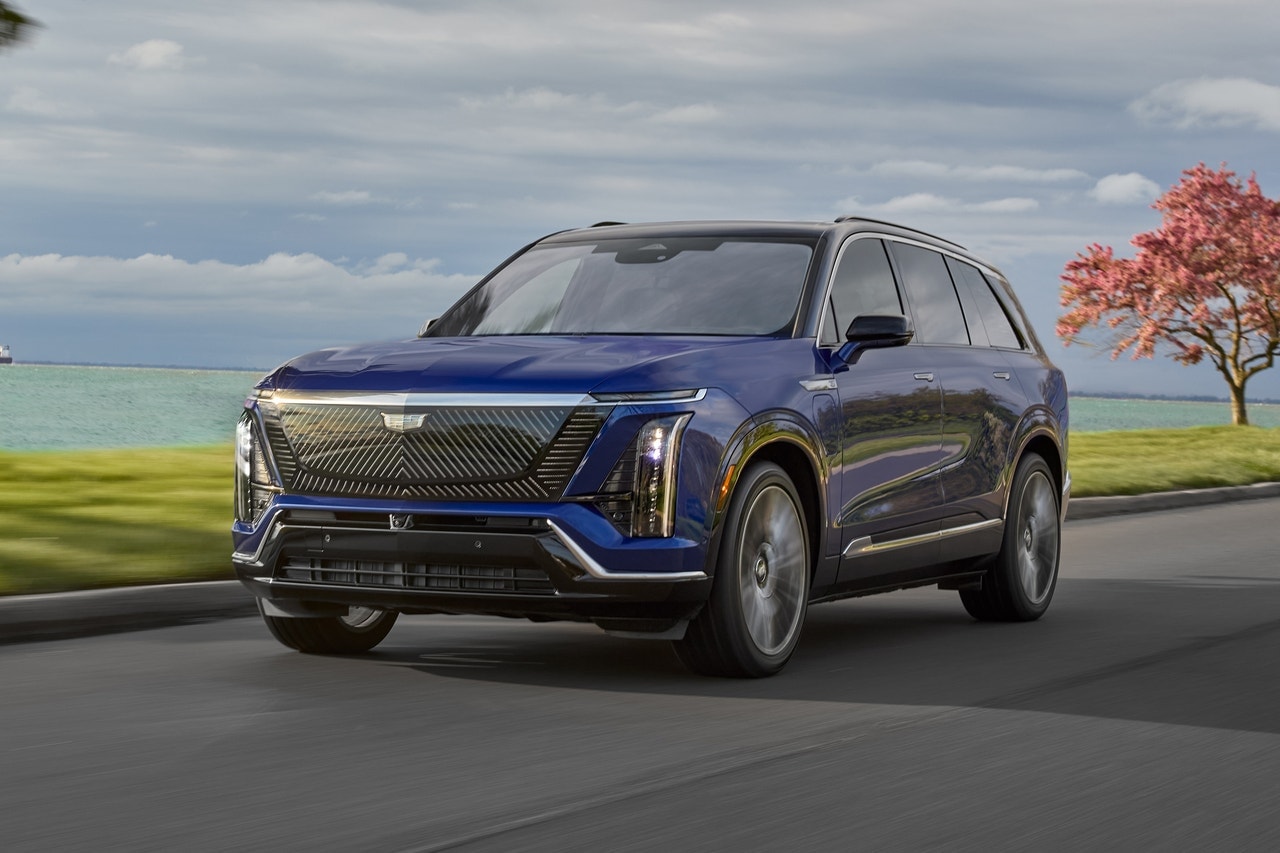
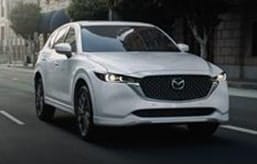
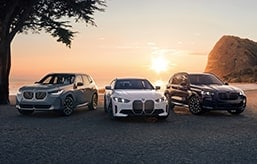
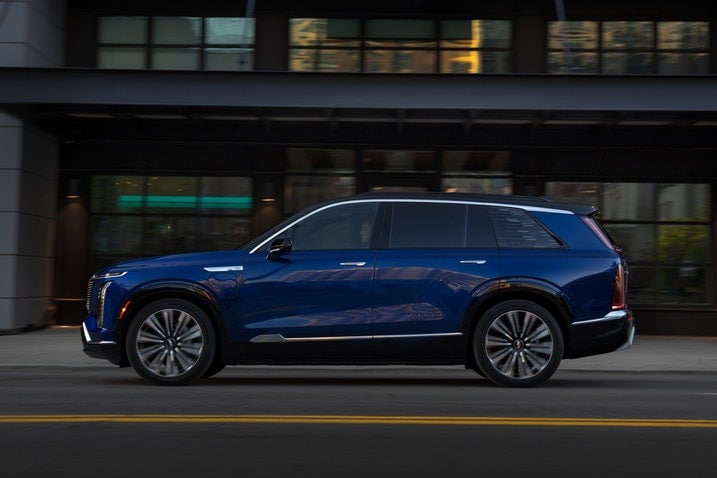

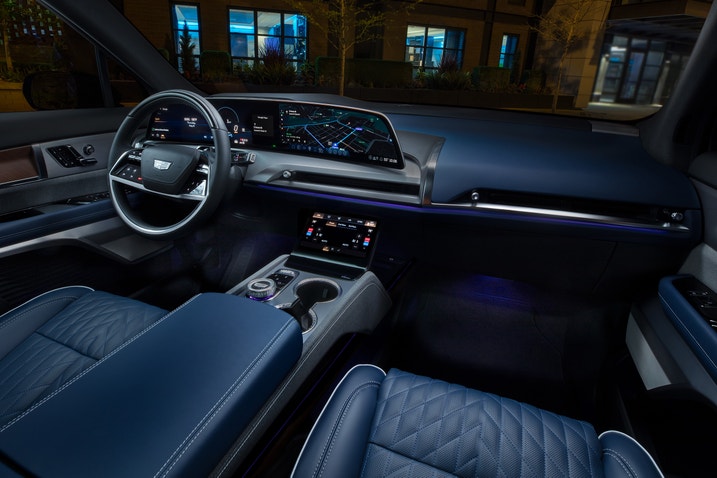
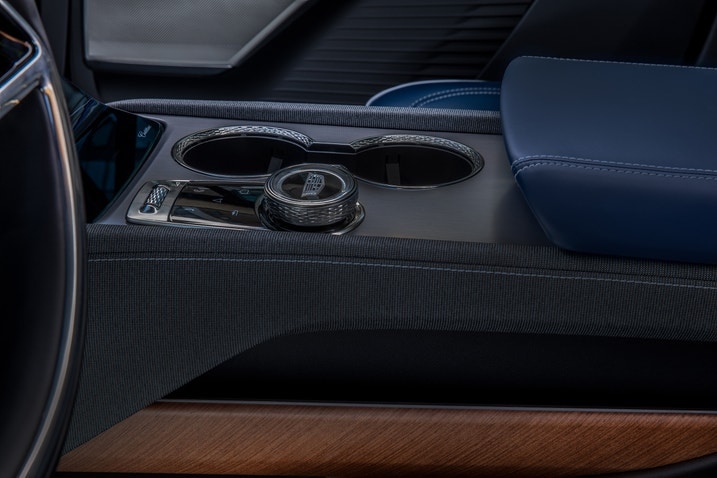
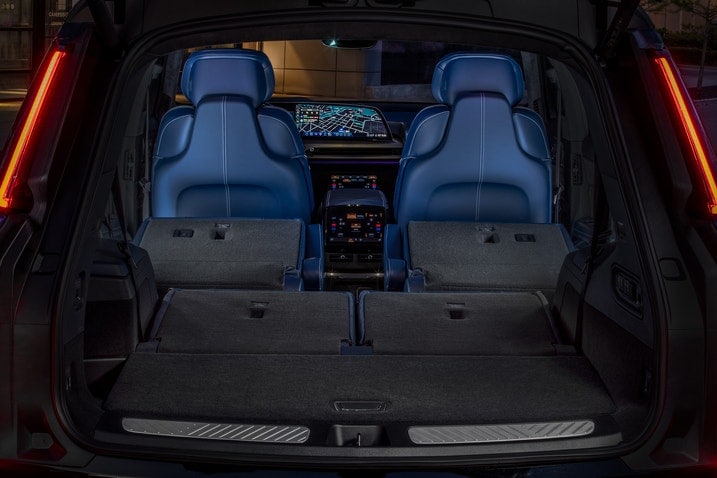
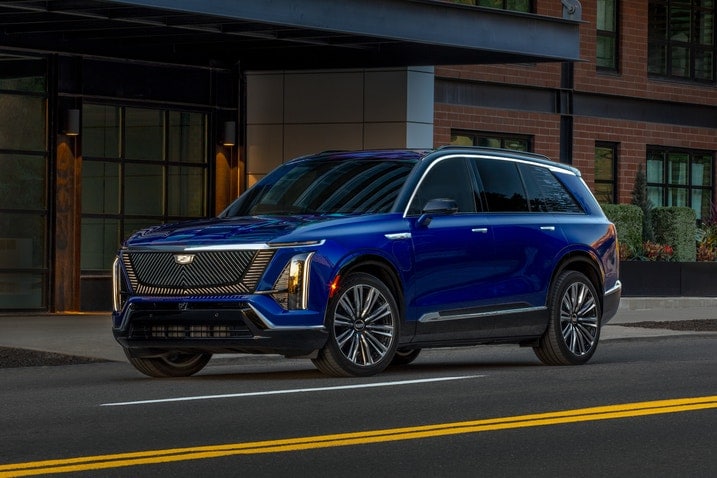
 by
by  edited by
edited by